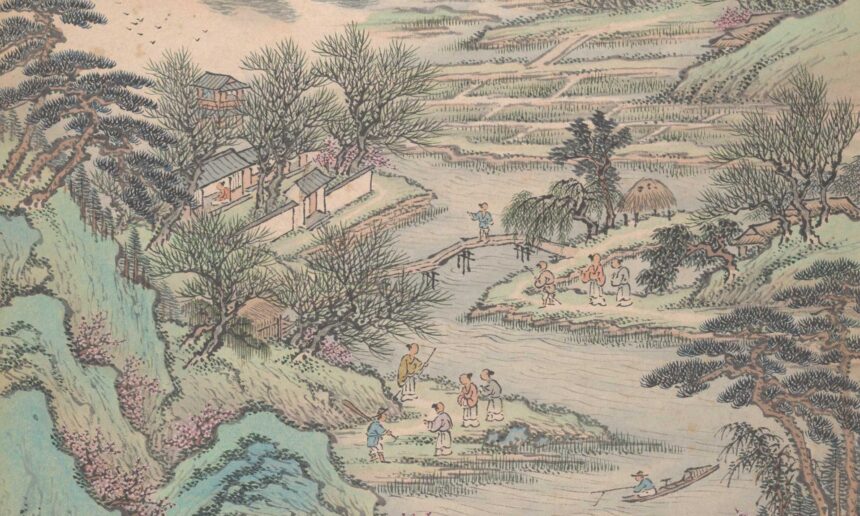Was Genesis known in ancient China? Scientific research reveals that the Chinese probably knew about Genesis chapters 1-11 in ancient times, during the same period as the invention of their pictograph language, about 4,500 years ago. Chinese pictography is a language written as abbreviations and compositions using picture symbols. It is through the earliest form of picture symbols that Chinese historical events were recorded. Thousands of years later, they reveal to us astonishing insight into China’s history and the biblical account of Genesis.
Genesis Recorded in Ancient China
Fascinating details of the research were published in “The Discovery of Genesis: How the Truths of Genesis Were Found Hidden in the Chinese Language” by Reverend C.H. Kang and Dr. Ethel R. Nelson. A mere curiosity turned into research spanning four decades.
“The authors start with the observance of some astonishing points of correspondence between certain characters in the Chinese language and elements of the Genesis account of man’s early beginnings. They go on to analyze dozens of the ideographic pictures that make up words in the Chinese language. The evidence they compile supports the thesis that the ancient picture writing of the Chinese language embodies memories of man’s earliest days. The characters when broken down into component parts, reflect elements of the story of God and man recorded in the early chapters of Genesis. Man and woman, the garden, the institution of marriage, the temptation and fall, death, Noah’s flood, the tower of Babel they are all there in the tiny drawings and strokes that make up the Chinese characters.” (From the foreword by Paul Zimmerman)
Using what forensic researchers call “cause and origin” analysis, they investigated where the Chinese picture concepts came from and why they matched the history of Genesis. Inventing China’s original language would involve translating familiar ideas into picture words.
The First Chinese Settlers
The first Chinese settlements resulted from the tower of Babel dispersion. Their ancient beliefs included worshipping one true God, a strict moral code, and having no myths or idols. They called their God ShangDi, which closely resembles Shaddai, one of the Judaic names of God.
They held the earliest memories of mankind’s origins from creation to Babel. They knew of key events in Genesis 1-11 and the importance of preserving that history. They recorded these in their new pictographic language for the benefit of future generations.
Genesis Pictograph Correlations
Readers of Genesis will readily recognize many themes presented by the Chinese pictographs. Here are some of the correlations as listed in the article “Genesis in Chinese Pictographs” by icr.org:
- God the Creator;
- Creation of Heaven and Earth, including a garden;
- Man made from earth;
- Man with stewardship responsibility;
- Warning provided by God, hand, and a tree;
- Man and woman as demonstrating completeness;
- Covetousness involving trees and woman;
- Temptation represented by garden, trees, and devil;
- Death involves hands, tree, and mouths;
- Thorns indicate weeds and punishment;
- Alienation shown through man, woman, and garden;
- Goodness involves woman and “seed”;
- Sacrifice is represented by God, hand, and blood;
- “Lord” is designated by God and blood;
- “Me” plus sheep equals righteousness;
- Trust/dependence is represented by God covering a couple with clothing;
- Violence is shown by an elder brother with a mark;
- Flood involves universal water, and “universal” is conveyed by the number eight, united, and earth;
- Boat is illustrated as a vessel or container and eight people;
- Mankind plus one mouth/speech equals a type of unity, yet that unity combined with weeds (which depict the curse) equals ambition, and that ambition plus clay/bricks equals a tower; and
- Rebellion/confusion is represented by a tongue.
Though centuries have come and gone, the original Chinese Genesis pictographs remain a silent but enduring testimony for anyone to learn about the God of the Bible. As historical proof, these pictographs accurately depict Genesis as presented in the Bible.
For more interesting details about this subject, visit icr.org or read “The Discovery of Genesis” online.


